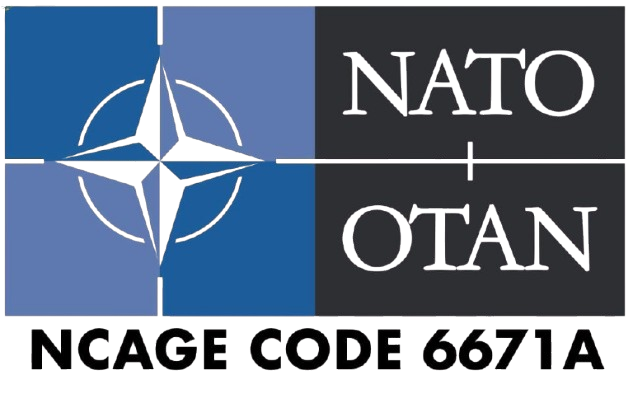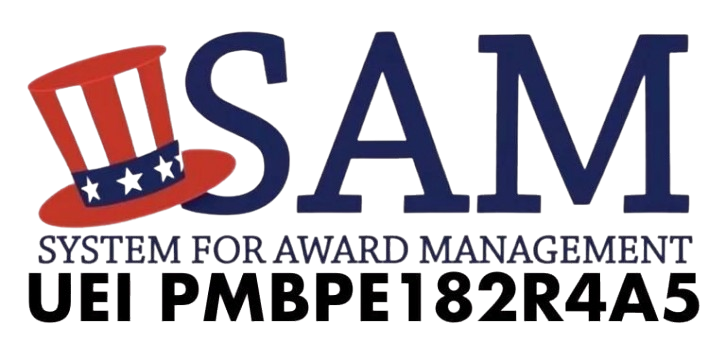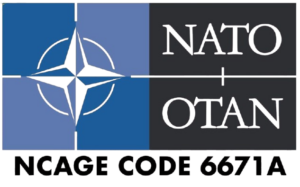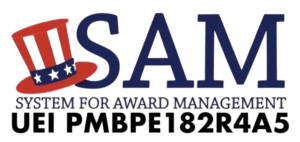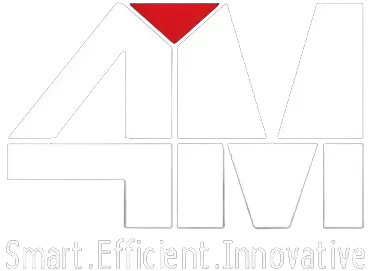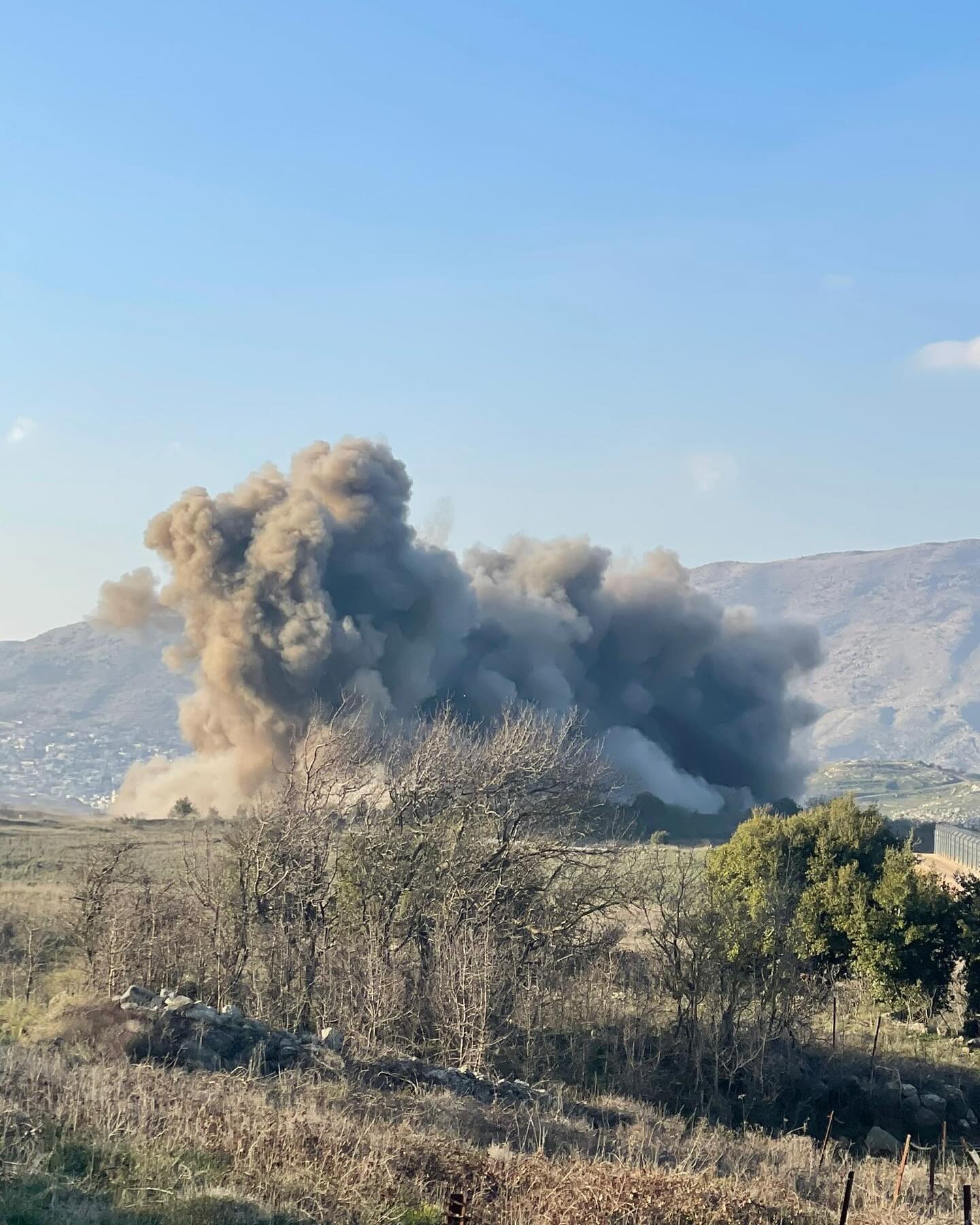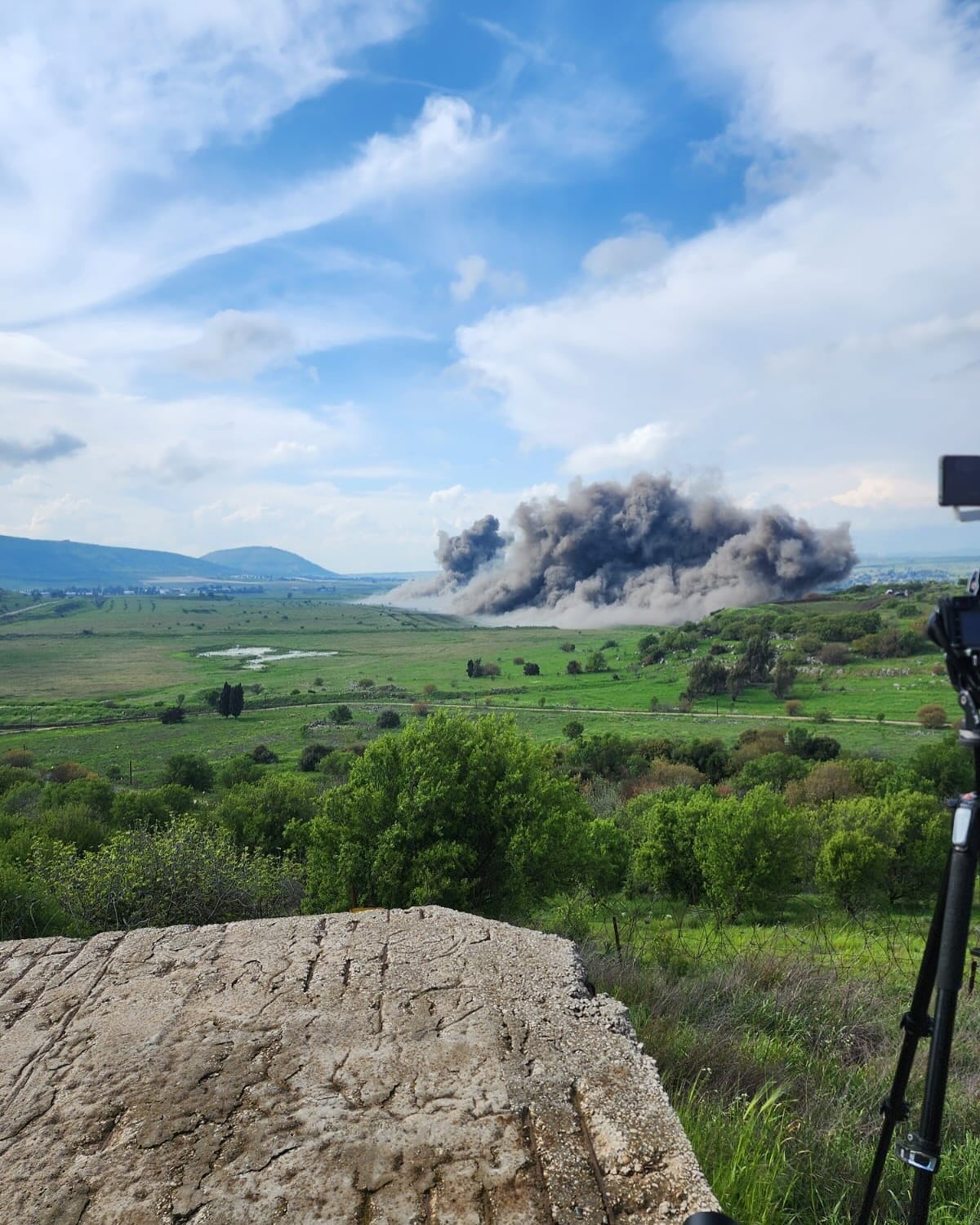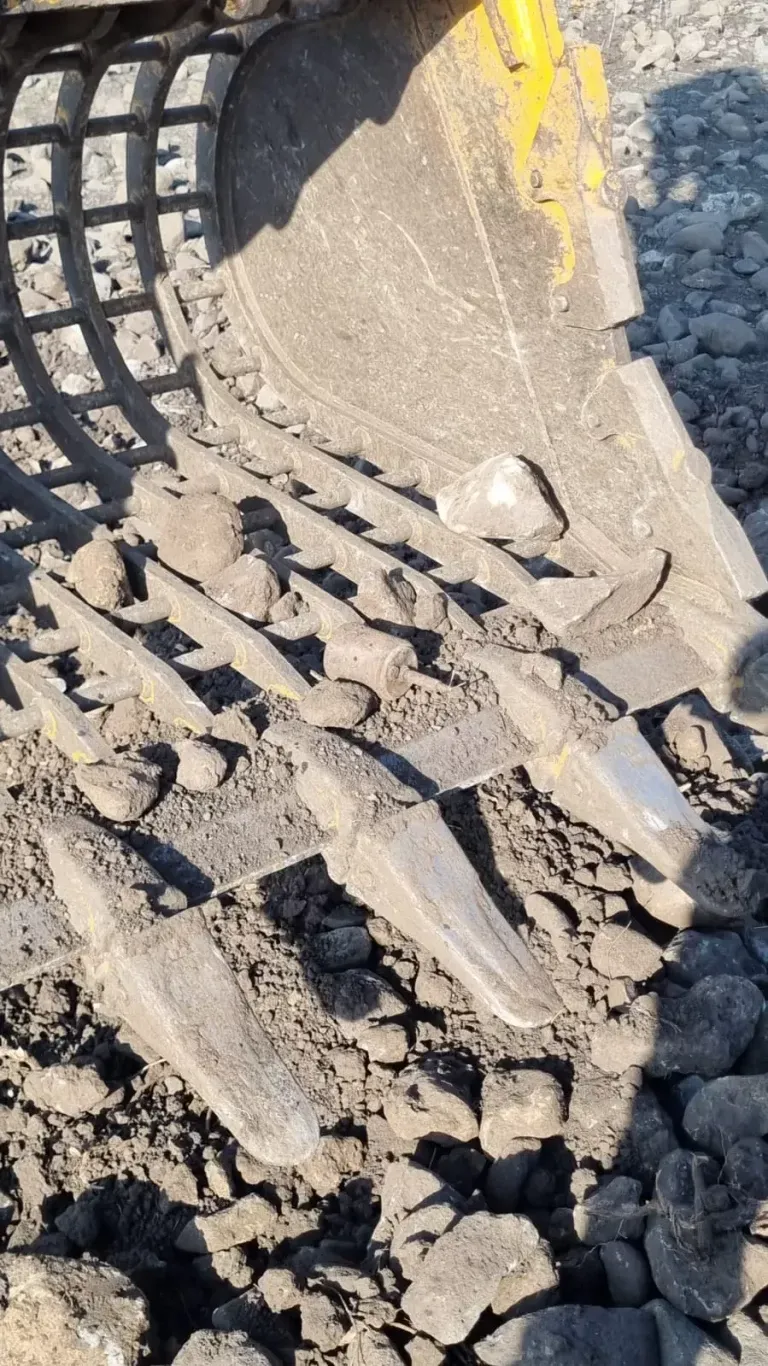Do you think there’s an enemy under you? There is a silent enemy under you. It’s called Unexploded Ordnance (UXO). UXO is the legacy of a war, which never had its explosive devices ignited, and thus can cause real harm and still risk today. UXO can impede any development, and its presence can horrify people. This is what makes the removal of פינוי נפלים so imperative. It’s the process of finding and, in many cases, safely defusing these threatening remnants, making our world a safer place one cleared site at a time.
What is UXO Removal?
Unexploded Ordnance (UXO) removal is the technical and vital process of finding, identifying, and safely dismantling, from open terrain, underground ordnance such as bombs, shells, and landmines that never went off during an earlier conflict. It takes sophisticated equipment to detect hidden ordnance, identify the particular type and extent of danger, and safely dispose of the device (usually by controlled detonation or inertia). The ultimate goal is to clear the land of undetected UXOs so that people cannot walk on it and for development to proceed.
Unexploded Ordnance (UXO) Removal Step-by-Step Process
Unexploded Ordnance ( UXO ) is not something you go in and do. Basically, UXO is a multi-step process built from hundreds of small steps to complete, with safety being the central focus at every step on the way to a singular goal—to make any area hazardous again.
Research and Planning
Teams do much research before anyone even starts walking around a given location. They gather historical information, look at maps, look at aerial photos, and even go out to town to hear from people who lived there in the past. This “historical assessment” is used to predict where UXO might be ( which is why a site will have a specific action plan).
Site Survey and Detection
- Magnetometers: They monitor the effects of objects made of metal on the Earth’s magnetic field. It’s beneficial to find stuff buried.
- Ground: Penetrating Radar ( GPR ): Sends radar pulses into the ground and then produces images of what’s underneath to calculate shapes and depths.
- Electromagnetic Induction (EMI ) : Sensors are similar to metal detectors but are usually more powerful for larger areas.
Anomalies Investigation and Identification
Once a potential “target” has been identified, detective work begins. As small teams carefully excavate the anomaly (usually by hand or using certain low-magnetism non-magnetic tools), UXO technicians often have an opportunity to identify exactly what it is: an old shovel head? A scrap metal piece? Or, indeed, an unexploded bomb or shell? Identification is critical because different types of ordnance require different techniques.
Render Safe Procedures (RSP) or Disposal
- Controlled Detonation: Often, the safest way is to detonate the UXO in situ under a controlled environment, i.e., by creating a secure blast site and using explosives to set off the UXO.
- Disarm / Defusing: In some cases ( if it’s safe to do so ), there might be disarmament or “rendering safe” of the UXO on site, which is inert and no longer explosive.
- Removal / Relocation: Very rarely, if necessary and safe, UXO may be carefully transported to a designated secure area for later destruction. This is only done under the strictest safety standards.
The Future of UXO Clearance
It’s getting smarter—and safer—to deal with unexploded ordnance (UXO) in the future. Here’s what’s coming up soon.
Robotics and Autonomous Systems:
- (Drones ) With high-tech sensors: Drones will quickly survey dangerous and large areas from the air remotely.
- Robots (UGVs/AUVs): Ground robots and underwater vehicles will increasingly take on dangerous tasks such as scans (and even initial manipulation) of suspected UXOs, which no longer need humans involved.
Artificial Intelligence (AI) and Machine Learning:
- Smarter Data Analysis: AI will be able to process huge amounts of sensor data and better distinguish between real UXO and clutter.
- Predictive analytics: Using AI, you can predict where UXO is most likely to be located based on past data, which leads to less resource-consuming searches.
Enhanced Sensor Technology:
- More responsive / combined sensors: Newer-era sensors will be more precise and deeper with increasingly complex signal processing (for example, magnetometers and electromagnetics) to combine them for better accuracy.
- Better Target Discrimination: The new sensors will tell you what kind of metallic object it is and will avoid digging further.
Advanced Data Management and Visualization:
- 3D mapping and real-time visualization: Highly expert software will create detailed 3D models of buried objects to provide specialists with better insight prior to excavation.
- Cloud-Based Collaborative: Global teams can instantly share data and information to facilitate more connected and efficient operations worldwide.
Why is Professional UXO Clearance Crucial?
Because unexploded ordnance (UXO) may be extremely dangerous, expert removal is essential. It’s not something that anybody can do —it requires expert knowledge and strict safety practices. Why?
It Saves Lives: UXO remains lethal, and any disruption could fuel an explosion that leaves severe injuries (or even death) to its users. Hazardous materials may be safely identified, handled, and disposed of by professionals.
It’s a Protection for Property and Helps Develop: Hidden פינוי נפלים can wreak havoc on buildings and infrastructure, preventing critical development. Professional Clearing ensures the area is really safe and will allow construction, farming, and community expansion.
It’s Compliance-Layed: UXO operations are required to comply with strict laws and safety regulations. Professionals ensure that all work done is in compliance to prevent legal issues and financial penalties.
It’s because professional teams have the training, experience, and equipment (specialized sensors) to accurately locate and neutralize UXO, which an untrained squad cannot do.
At 4M Defense, a global mine action company, we are experienced in dealing with these risks. With our professional, safe, and effective UXO clearance, you can relax and move forward, knowing that your communities and projects are protected from the silent threat of unexploded ordnance. Professional clearance is not only best practice, it’s essential for safety and progress.
The Bottom Line!
Unexploded ordnance (UXO) is a silent but deadly legacy of past wars. It is often left to be dealt with in the open, making it unwelcome to people and blocking progress. However, the constant, systematic removal of UXO will work to recover safety, achieve development, and guarantee the security of communities around the world so that the future can also be free of the invisible dangers of the past.
